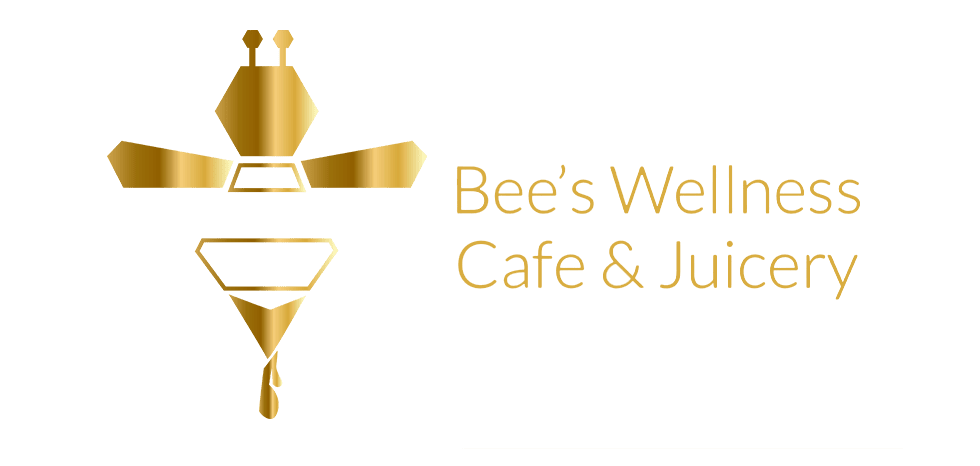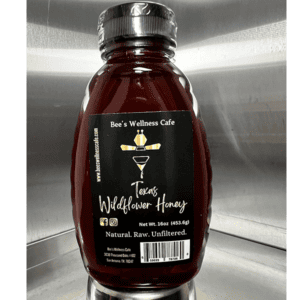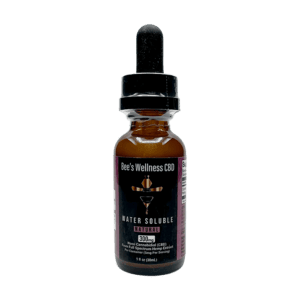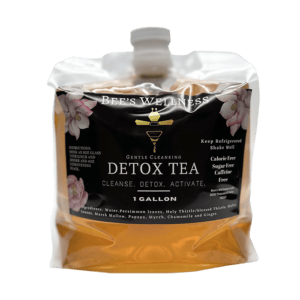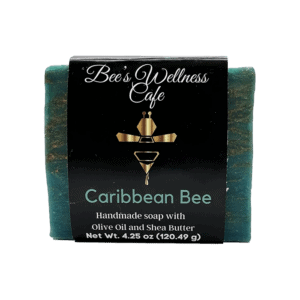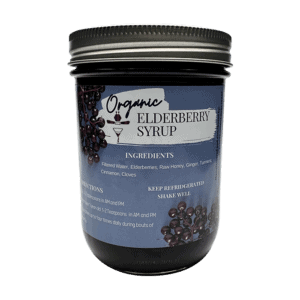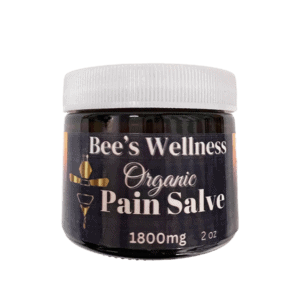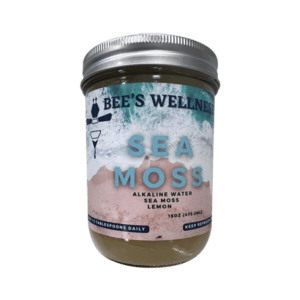Premium CBD Products

Bee's Wellness
Cafe & Juicery
We understand that CBD is not for everybody. But if there is no reason you shouldn't try it, what have you got to lose. Make CBD YOUR first stop! I did, and it changed my life!
Brook "Blazey Bee" Richie
Owner
Customers Reviews
5/5
Amazing ! Adorable cozy store, wit cbd products, prices are reasonable. Staff is super nice . Loved the atmosphere, super relaxing, i definitely recommend to visit. I will be returning soon❤️
B Pacheco
5/5
Awesome store for your CBD/Delta product needs! Do yourself a favor and try their fresh juices while you peruse their other products! The owners were very friendly and knew their stuff when it came to the products and services they provided! We will definitely be going there again soon!
S Kslonski
5/5
They have a large variety of items. They even have items for your furry Friends. I got the CBD bone broth for my dog to help with her aches and pains as she is older. Fresh juices, crystals, candles & coffee are just a few of the many wonderful things they have. It is a very welcoming and peaceful atmosphere.
K Harrison
